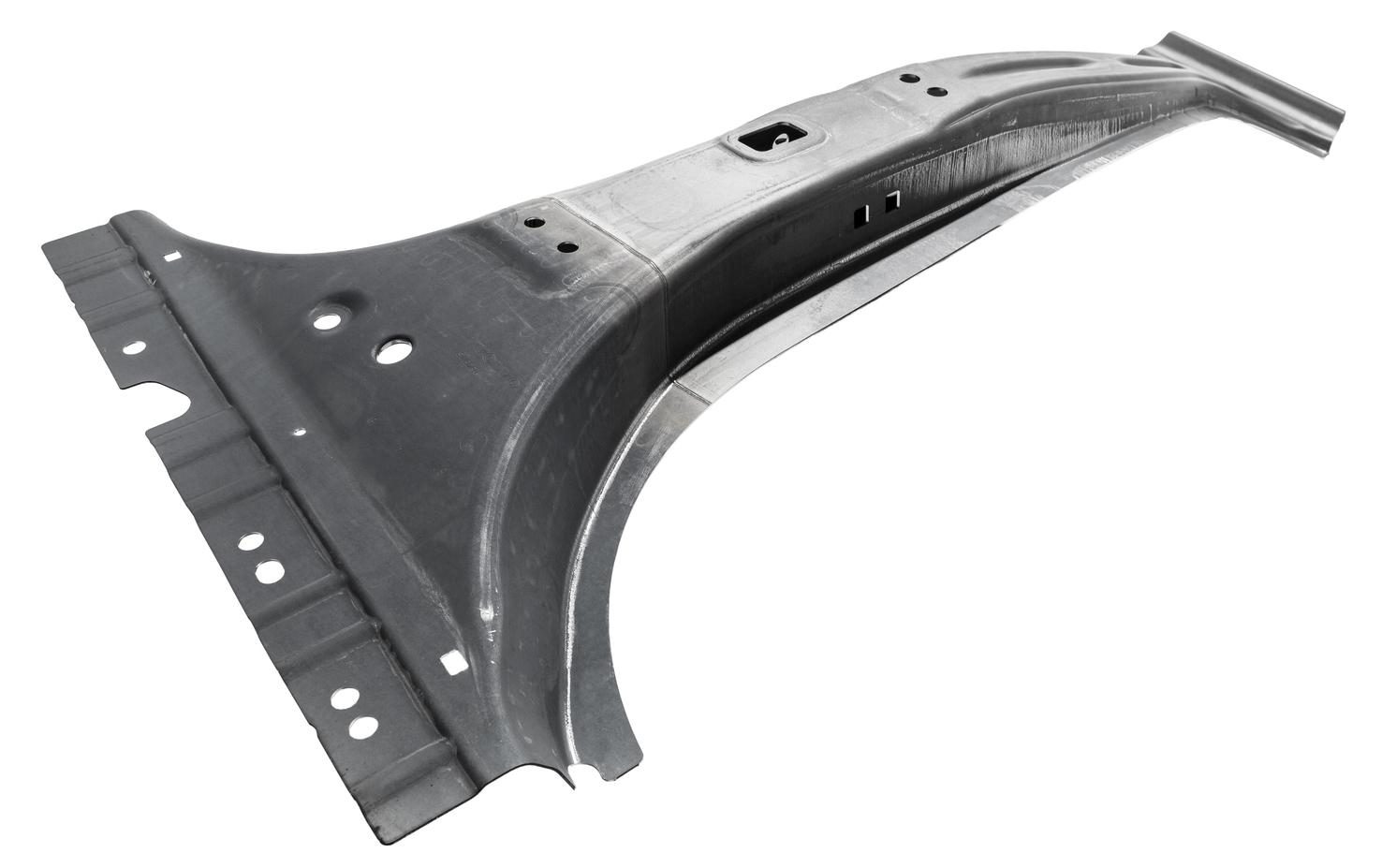For AP&T, the route to future research and product development has been determined. With our research and development, we want to be a world-leading supplier of production solutions that contribute to weight reduction, energy efficiency and safety in our customers' products. After major success as a supplier of production solutions for press hardening of sheet metal parts for the automotive industry, new materials and methods are next. Hot forming of high tensile aluminum and forming of composite materials are examples of production solutions where there is a great deal of interest in the industry.
Press hardening has shown the way
Thanks to our own development initiatives and cooperation with research institutes and partners, AP&T was an early forerunner for functioning complete solutions for press hardening. With our in-depth knowledge of materials and methods, simulation and quality verification of the end product, AP&T has remained at the cutting edge of industrialization of new knowledge. The company is currently a world leading supplier of complete production solutions for the global automotive industry with installations on three continents – and the trend is set to continue.
Lower emissions and better performance
For car manufacturers, weight reduction is key in terms of both lower fuel consumption and lower emissions of carbon dioxide. At the same time, demands on impact safety are becoming increasingly stringent, which calls for new materials to replace traditional sheet metal to help solve the equation.
Over the past ten years, press hardening has made a breakthrough on a broad front in the automotive industry. From the beginning this pertained to selected parts such as A-pillars and B-pillars, but when Volvo presented its most recent XC90 last autumn, the proportion for structural parts in the car was 38%. Even if the proportion is far from standard in the industry, it demonstrates press hardening's impact.
The technology has also been developed and refined. The formed part can be given customized properties such as controlled deformation in the event of a collision since different materials can be used in the same part. Or by controlling the temperature and obstructing hardening during the forming process.
Focus on customer challenges to secure future profitability
There is still a great deal of potential in increasing press-hardened parts in cars of the future, but new materials and methods are being developed in parallel. For the industry, it is a matter of finding the most efficient way to achieve the desired properties in the end product – and in the long term being able to offer products that live up to both legal requirements and customer wishes regarding fuel-efficient and safe cars.
"Our goal is to be at the forefront in industrialization when it comes time for our customers to develop their production. During our development work, we cooperate with leading researchers on new materials and methods, as well as keep close track of the industry's needs and circumstances. One way we do this is with our seminars where we share new knowledge, as well as interact and discuss solutions that meet the needs of the industry," says Martin Skrikerud, chief technical officer at AP&T.
Aluminum and new composites
In the pursuit of lower weight and desired component properties, new materials are making their way into cars. One example is hot formed aluminum, which is a competitive option for some components despite its higher material cost. AP&T already markets complete production lines for hot forming of aluminum, and there is a great deal of interest in the industry. In parallel, AP&T is taking part in the development of efficient production methods for forming composite materials in the TripleUse project, together with the KTH and Chalmers universities, the Swerea Sicomp research institute and leading companies in the aviation and automotive industries such as GKN, SAAB and Volvo. The goal of the project is to produce quick and cost-efficient methods for production of high-tensile composites based on carbon fiber.
Materials, design and process in focus
Materials that provide lower weight are not sufficient in terms of finding successful solutions. The design and process must also be functional and cost efficient. The automotive industry is extremely competitive, and every new solution must get a return on the investment. Consequently, new materials and methods are tested on an ongoing basis at the test facility in Ulricehamn, Sweden.
"For AP&T it is a matter of staying abreast of development as well as one step ahead to ensure we can offer competitive solutions when the demand for them arises," concludes Martin Skrikerud.


